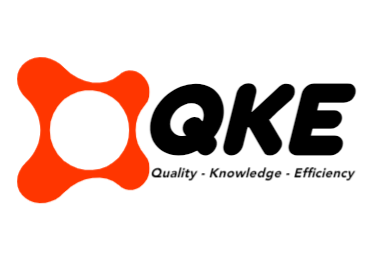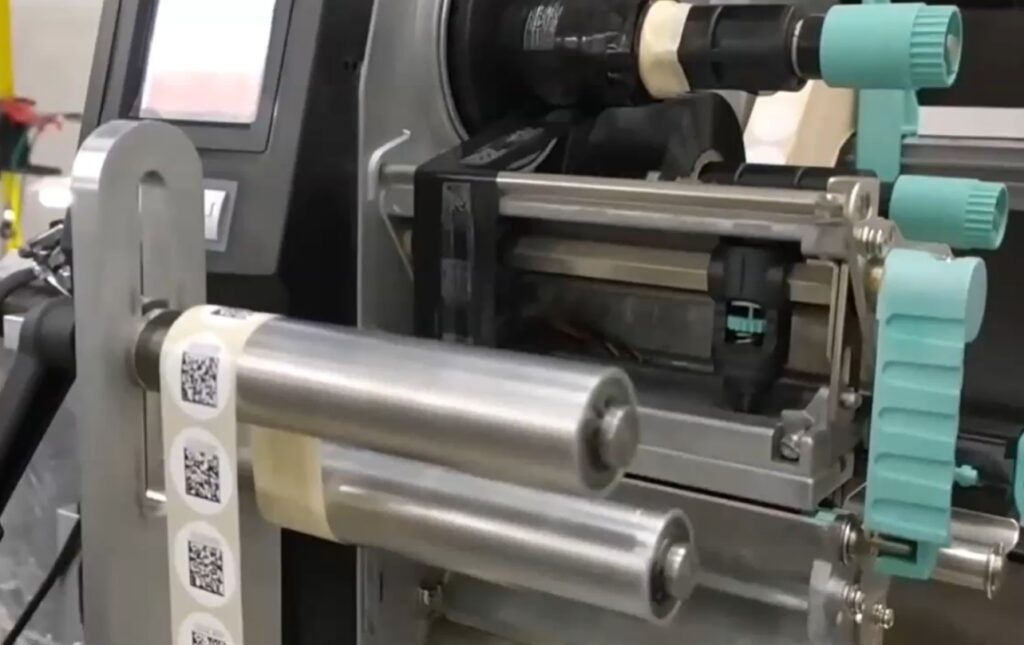5 Tips for High-Speed Barcode Labeling Solutions
In an increasingly fast-paced business environment, high-speed barcode labeling solutions are essential for maintaining efficiency and accuracy. This article provides five practical tips to optimize the performance of barcode labeling systems.
From selecting the right print and apply solutions to overcoming common challenges, these insights aim to help businesses streamline their labeling processes and enhance productivity. By implementing these best practices, organizations can ensure their barcode labeling operations meet the demands of today's dynamic market.
Best Practices for High-Speed Barcode Labeling
Implementing efficient and accurate processes is crucial for achieving optimal results in high-speed barcode labeling. Speed optimization is a key consideration when it comes to barcode printing techniques. To ensure a smooth and fast labeling process, several best practices can be implemented.
One of the first steps in speed optimization is to select the right barcode printing technology. Thermal printers are commonly used for high-speed barcode labeling due to their fast printing capabilities. These printers use heat to transfer the barcode image onto the label, resulting in quick and reliable results.
Another important aspect is to choose the appropriate barcode label design. Simplifying the design by using clear and concise information can help reduce printing time. Additionally, using barcode fonts instead of images can also enhance printing speed.
Furthermore, optimizing the label placement and orientation on the packaging is essential. Placing the barcode in a location that is easily scannable and ensuring the orientation is correct can significantly improve the scanning speed and accuracy.
Regular maintenance and calibration of the barcode printing equipment are also crucial to maintain optimal performance. This includes cleaning printheads, ensuring proper label alignment, and replacing worn-out parts.
Key Features to Consider for Print and Apply Solutions
To ensure efficient and accurate high-speed barcode labeling, it is important to consider key features when selecting print and apply solutions. Print and apply technology offers numerous benefits for automated labeling processes, such as increased productivity, improved accuracy, and reduced labor costs.
One key feature to consider is the print speed of the system. High-speed print and apply solutions can significantly increase production rates, ensuring that barcode labels are printed and applied quickly and efficiently. Additionally, the system should have a high-resolution print capability to ensure barcode readability and accuracy.
Another important feature is the ability to handle a variety of label sizes and formats. This flexibility allows for the labeling of different products or packages, accommodating various label sizes and shapes. The system should also have the ability to handle different label materials, such as paper or synthetic materials, to meet specific product requirements.
Furthermore, the system should have advanced connectivity options, allowing for seamless integration with existing production lines or warehouse management systems. This ensures smooth and efficient communication between the print and apply solution and other components of the labeling process.
Lastly, it is crucial to consider the reliability and durability of the print and apply system. It should be able to withstand the demands of high-speed labeling operations, ensuring consistent performance and minimal downtime.
Increasing Efficiency With Automated Barcode Labeling
Automated barcode labeling can significantly enhance efficiency in labeling processes by streamlining operations and reducing manual labor. By implementing automated systems, businesses can increase productivity and reduce errors in barcode labeling.
One key benefit of automated barcode labeling is the ability to label items at a much faster rate compared to manual processes. This increased speed not only saves time but also allows for higher production output. With automated systems, labels can be applied quickly and accurately, minimizing the risk of errors and ensuring that products are correctly identified.
Moreover, automated barcode labeling reduces the reliance on manual labor, freeing up employees to focus on more value-added tasks. This not only improves overall efficiency but also reduces the potential for human errors, such as misreads or misplacements. By eliminating manual intervention, businesses can avoid costly mistakes and maintain consistency in labeling.
Furthermore, automated barcode labeling systems can integrate with databases and enterprise resource planning (ERP) systems, allowing for seamless data synchronization. This integration ensures accurate and up-to-date information is captured and reflected on the labels, reducing the risk of inaccuracies and improving overall data integrity.
Maintaining Accuracy in High-Speed Barcode Labeling
To ensure optimal accuracy in high-speed barcode labeling, businesses must focus on maintaining consistent and error-free labeling processes. Ensuring precision in high-speed barcode labeling is essential for businesses that rely on efficient inventory management and supply chain operations. However, it can be challenging to balance speed and accuracy in barcode labeling, especially in high-volume production environments.
One key aspect of maintaining accuracy in high-speed barcode labeling is using reliable and high-quality label printing equipment. Investing in advanced printing technology that can handle high-speed printing without compromising on print quality is crucial. This ensures that the barcode labels are clear and legible, reducing the chances of scanning errors.
Another important factor is the implementation of robust quality control measures. This includes regularly calibrating and inspecting the barcode printing equipment to ensure accurate label placement and alignment. Additionally, businesses should implement barcode verification systems to check the quality and readability of the printed barcodes.
Standardizing labeling processes across multiple production lines or facilities is also crucial for maintaining accuracy. This includes using standardized label templates, barcode formats, and printing parameters to eliminate inconsistencies and errors.
Overcoming Challenges in High-Speed Barcode Labeling
One of the key challenges in high-speed barcode labeling is ensuring consistent and error-free scanning processes. Barcode labeling plays a critical role in various industries, such as logistics, manufacturing, and retail, where efficiency and accuracy are paramount. To overcome these challenges and improve productivity while reducing errors, there are several strategies that can be employed.
Firstly, investing in high-quality barcode label printers and scanners is essential. These devices should be able to handle high-speed operations without compromising accuracy. Regular maintenance and calibration of these devices are also crucial to ensure optimal performance.
Secondly, implementing automated systems and software can greatly enhance the efficiency of barcode labeling processes. These systems can streamline workflows, eliminate manual data entry, and reduce the risk of human error. By integrating barcode labeling software with inventory management systems, real-time data updates can be achieved, ensuring accurate tracking and traceability.
Additionally, proper training and education for employees involved in the barcode labeling process are vital. They should be well-versed in barcode scanning techniques, able to identify common scanning issues, and understand how to troubleshoot them effectively. Regular performance evaluations and feedback sessions can help identify areas for improvement and address any training needs.
Conclusion
In conclusion, high-speed barcode labeling solutions are essential for efficient and accurate labeling processes. By implementing best practices, considering key features, and utilizing automation, businesses can increase productivity and reduce errors. However, challenges may arise, but with proper strategies and problem-solving techniques, these challenges can be overcome.
Overall, high-speed barcode labeling solutions play a crucial role in streamlining operations and ensuring the smooth flow of goods in various industries.

